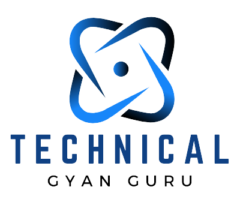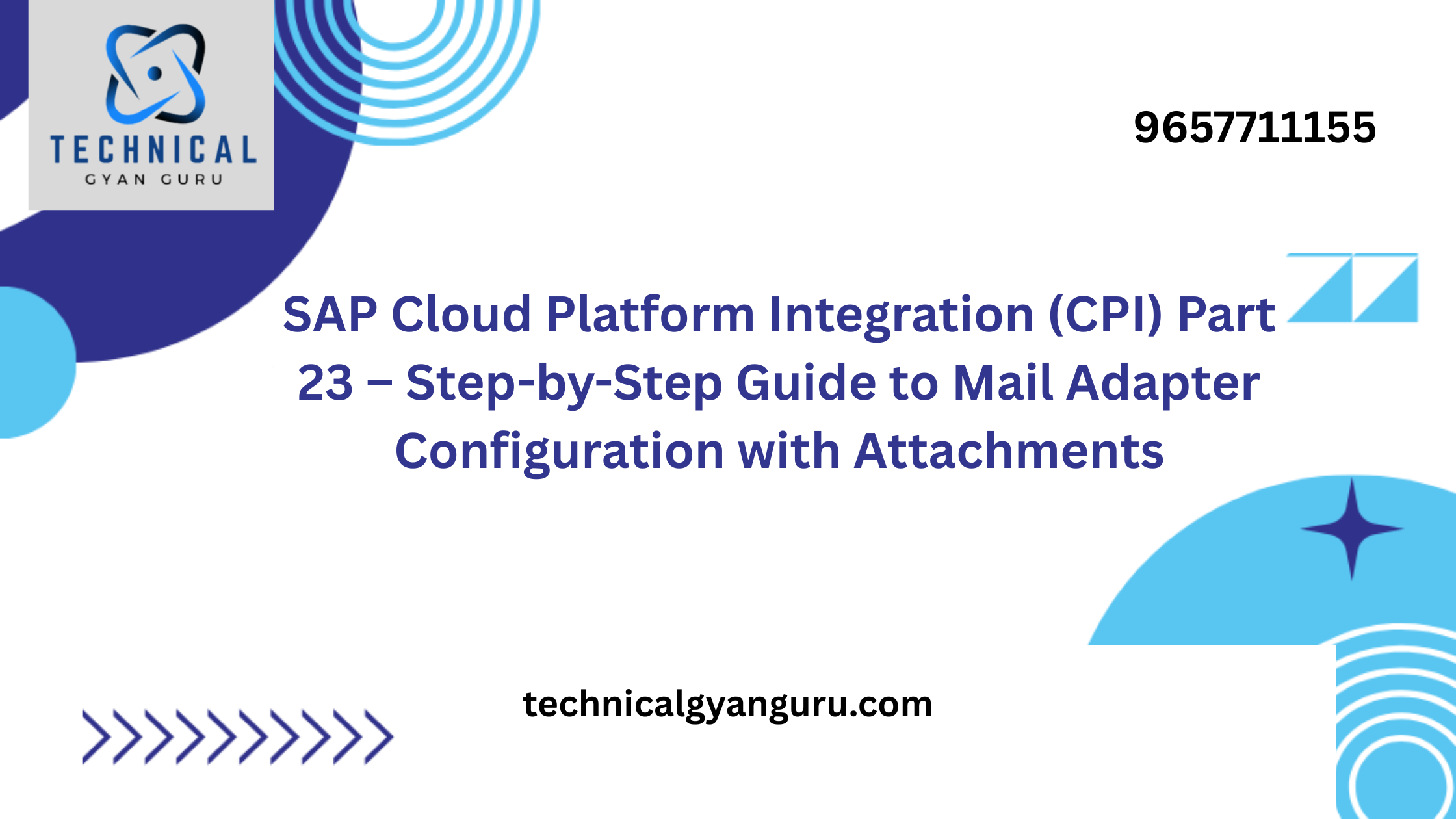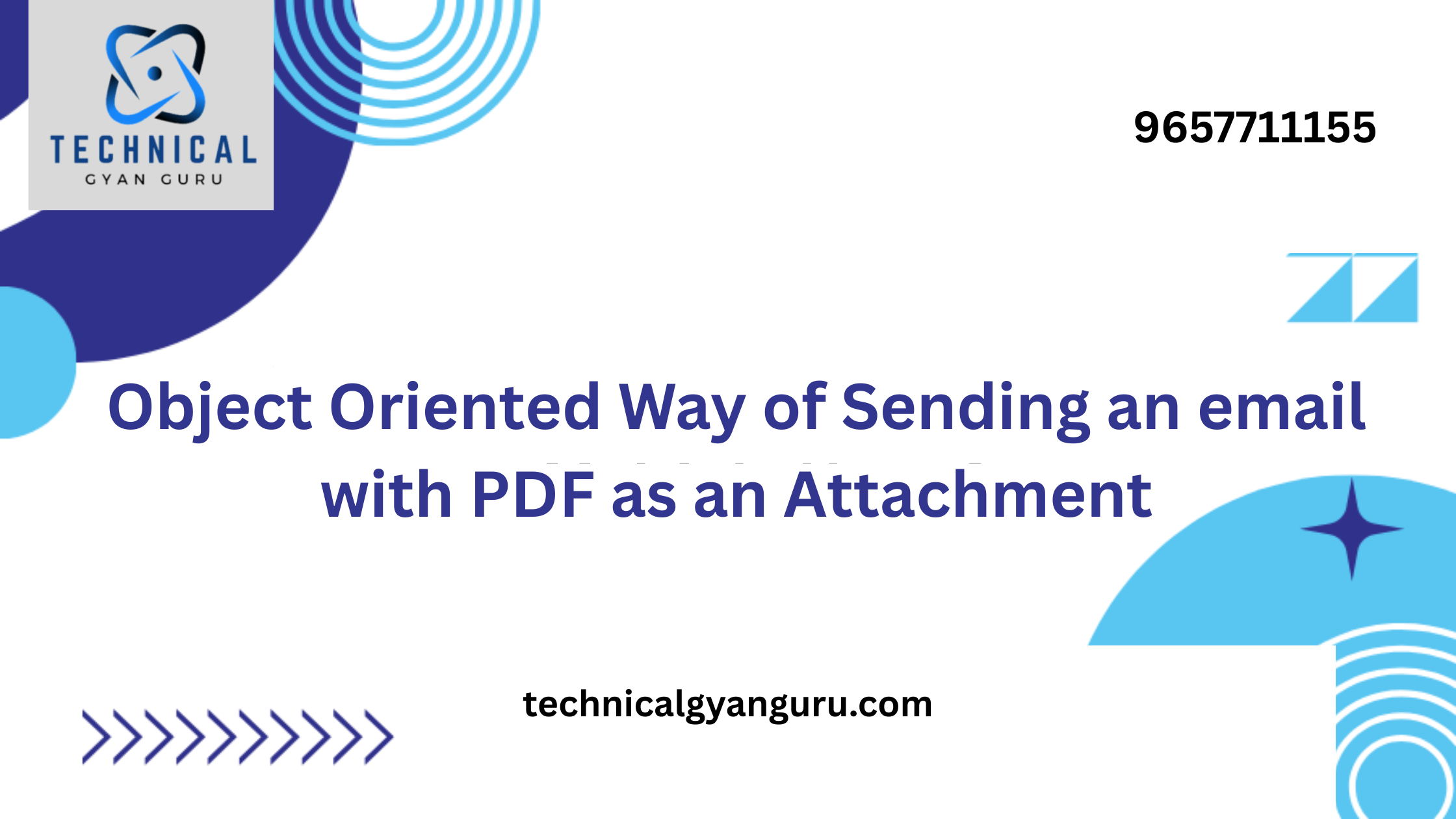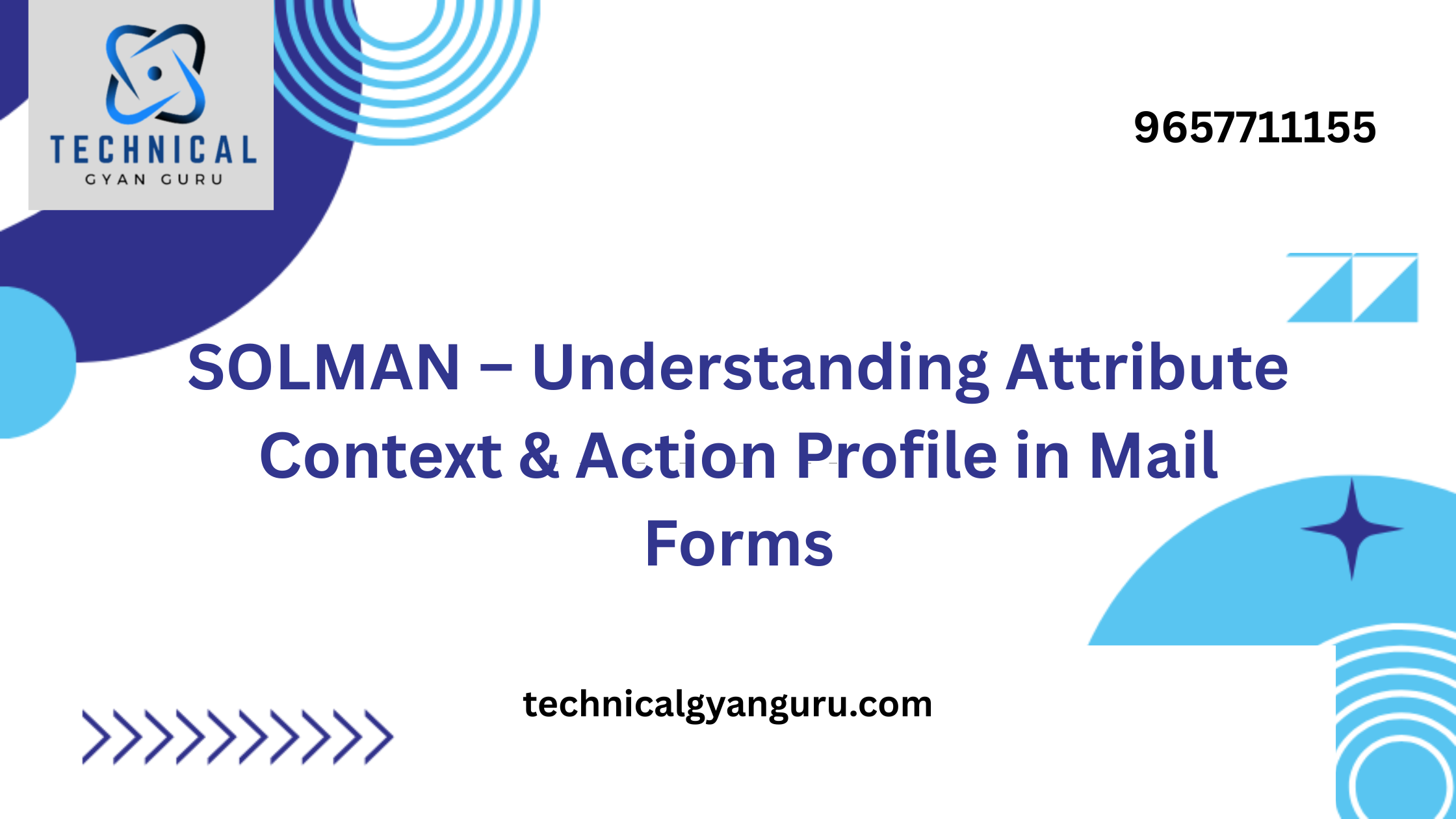Introduction: SAP BTP Integration with OpenShift
SAP BTP Integration with OpenShift: In the dynamic landscape of enterprise technology, achieving seamless integration between platforms is essential for businesses aiming to optimize their operations. The integration of SAP Business Technology Platform (BTP) with OpenShift, an open-source container orchestration platform, represents a strategic move towards flexibility, scalability, and enhanced agility. This blog post explores the key benefits and features of integrating SAP BTP with OpenShift, showcasing the potential for organizations to drive innovation and efficiency.
SAP BTP and OpenShift: A Dynamic Duo
- Unified Container Orchestration:
- OpenShift provides a powerful container orchestration platform, allowing organizations to deploy, manage, and scale containerized applications seamlessly.
- Integration with SAP BTP brings the robust capabilities of containerization to SAP applications, enabling consistency across the development and deployment lifecycle.
- Flexibility in Deployment:
- With OpenShift, SAP BTP users gain the flexibility to deploy applications on various cloud environments, on-premises, or in hybrid scenarios.
- This flexibility is crucial for organizations with diverse infrastructure needs, empowering them to adapt to changing business requirements.
Key Features of Integration
- Containerized SAP Applications:
- Integration with OpenShift enables containerization of SAP applications, facilitating easy deployment and scaling.
- Containers enhance resource utilization, reduce dependencies, and provide a consistent environment across different stages of development.
- Microservices Architecture:
- SAP BTP integrated with OpenShift supports the adoption of a microservices architecture.
- Organizations can decompose monolithic applications into smaller, manageable services, promoting agility and facilitating continuous innovation.
- Enhanced DevOps Practices:
- OpenShift’s capabilities for continuous integration and continuous delivery (CI/CD) seamlessly integrate with SAP BTP.
- This integration streamlines the development pipeline, reducing time-to-market and enhancing collaboration between development and operations teams.
Optimizing Resource Utilization
- Efficient Resource Allocation:
- OpenShift’s container orchestration optimizes resource utilization, ensuring that SAP BTP applications run efficiently.
- The platform dynamically scales resources based on demand, minimizing costs and enhancing performance.
- Scalability and Elasticity:
- Integration with OpenShift enables SAP BTP applications to scale horizontally, responding to changing workloads and ensuring consistent performance.
- Organizations can achieve elasticity without compromising on reliability or incurring unnecessary infrastructure costs.
Security and Compliance
- Enterprise-Grade Security:
- OpenShift provides robust security features, including role-based access control, encryption, and container image scanning.
- Integration with SAP BTP ensures that security standards are maintained, meeting the stringent requirements of enterprise applications.
- Compliance Assurance:
- The combined solution supports compliance with industry regulations and standards.
- Organizations can confidently run SAP applications in OpenShift environments, knowing that they adhere to the necessary compliance frameworks.
Conclusion: Elevating Business Innovation
The integration of SAP BTP with OpenShift marks a strategic move towards unlocking new possibilities in business innovation and operational efficiency. By leveraging the power of containerization, microservices architecture, and enhanced DevOps practices, organizations can ensure their SAP applications are not only flexible and scalable but also optimized for resource utilization and security. This synergy between SAP BTP and OpenShift empowers businesses to embark on a journey of digital transformation, where agility, scalability, and innovation become the cornerstones of success. As organizations continue to navigate the complex landscape of enterprise technology, the integration of SAP BTP with OpenShift stands as a testament to the commitment to staying at the forefront of innovation.







